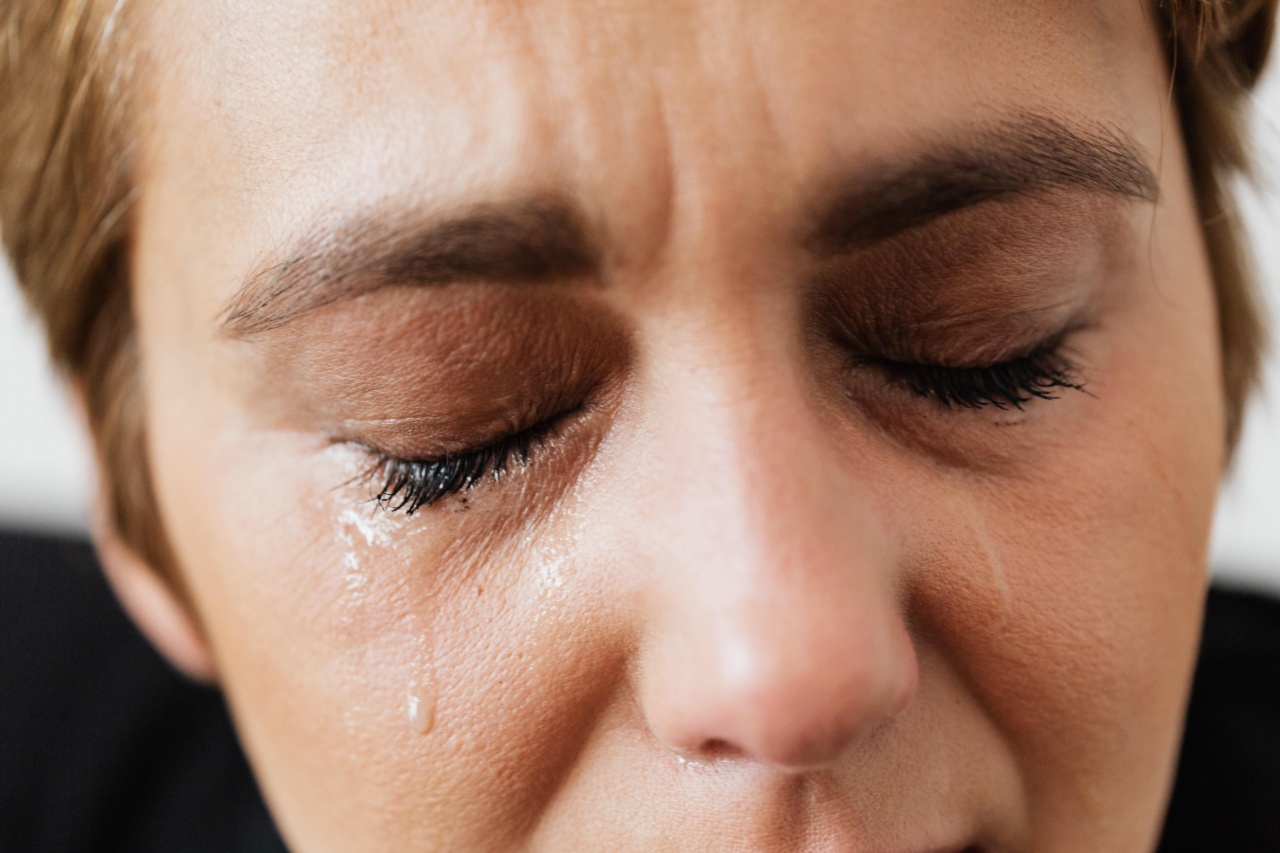Shorts have always been a popular clothing choice, especially during warmer months or for casual occasions. However, there are several reasons for concern when it comes to wearing shorts.
In this article, we will explore the potential risks and drawbacks associated with wearing shorts, as well as ways to mitigate them.
1. Lack of Sun Protection
One of the primary concerns when wearing shorts is the lack of sun protection they offer.
While they may be suitable for short periods of sun exposure, prolonged time in the sun without proper protection can lead to sunburns and an increased risk of skin cancer.
2. Increased Risk of Insect Bites
Another reason for concern is the increased risk of insect bites when wearing shorts.
Exposed legs are more vulnerable to various insects such as mosquitoes, ticks, and spiders, putting individuals at risk of contracting diseases like Lyme disease or West Nile virus.
3. Potential for Injury
Wearing shorts exposes the legs to potential injuries, especially during outdoor activities or sports.
Without the protection of pants, individuals may be more susceptible to cuts, bruises, or scrapes from rough surfaces, thorny bushes, or contact with sharp objects.
4. Limited Thermal Insulation
Shorts provide limited thermal insulation, making them ill-suited for colder temperatures. When exposed to cold weather or low temperatures, individuals wearing shorts may experience discomfort, numbness, and even hypothermia.
5. Restricted Dress Codes
In certain formal or professional settings, wearing shorts may not be permissible due to dress codes.
This limitation can be seen in workplaces, upscale establishments, and even some schools where shorts are considered inappropriate attire, potentially limiting one’s options and personal expression.
6. Impact on Leg Health
Long periods of standing or sitting while wearing shorts can have adverse effects on leg health.
Lack of compression and support offered by pants may lead to varicose veins, spider veins, or leg fatigue, especially in individuals with preexisting conditions or a family history of such issues.
7. Social Stigma
Wearing shorts may still carry certain social stigmas or judgments, depending on the cultural context.
While these perceptions are gradually evolving, it is important to consider the potential impact of these judgments on one’s self-esteem and overall comfort.
8. Increased Exposure to Pollutants
Being more exposed due to wearing shorts exposes the legs to an increased amount of pollutants, such as dust, chemicals, or air pollution.
These harmful substances can settle on the skin and potentially cause irritation, allergies, or other long-term health issues.
9. Limited Utility
While shorts may be comfortable for casual activities, they may not be practical or suitable for certain situations.
This can include outdoor adventures, intense physical activities, or situations requiring additional protection, such as hiking in rugged terrains or working in construction sites.
10. Lack of Fashion Versatility
Compared to other clothing options, shorts have a limited range of fashion versatility. This can make it challenging to create unique or diverse outfits with shorts as the main focus, potentially restricting one’s style choices and creativity.
Conclusion
While shorts are a popular clothing choice and offer comfort during hot weather, there are several reasons for concern when wearing them.
These include the lack of sun protection, increased risk of insect bites, potential for injury, limited thermal insulation, restricted dress codes, impact on leg health, social stigma, exposure to pollutants, limited utility, and lack of fashion versatility. It is important for individuals to be aware of these concerns and take appropriate measures to mitigate any potential risks associated with wearing shorts.




























